
The Habsburgs didn’t conquer lands with cannons. They did it with contracts. Instead of weapons, they used wedding bells and royal signatures. Every crown rested on a carefully calculated alliance. Want the full story? Here are 10 brilliant power plays that built an empire, without ever leading an army into battle.
Religious And Cultural Patronage During The Counter‑Reformation

A choir sang. A noble signed a land deal. And a future bishop took notes in Latin. Habsburg-funded Jesuit schools weren’t just about faith. They were incubators for control. Ferdinand II made sure education aligned with the empire. The result? Young aristocrats who praised God on Sunday and ran the government by Monday.
The Pax Austriaca Strategy
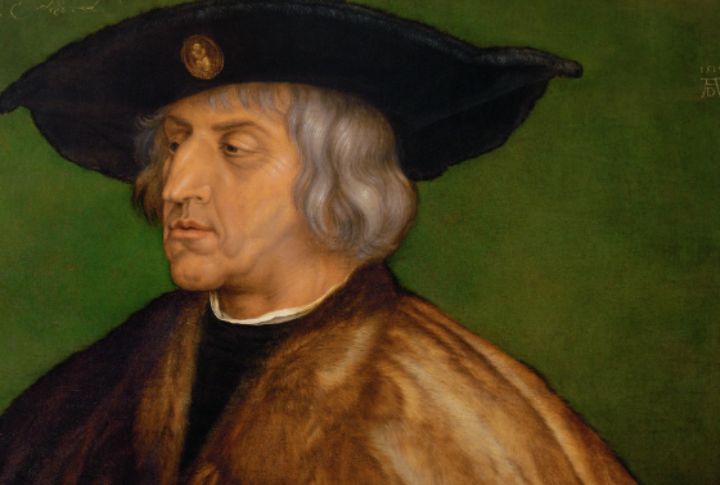
Maximilian I treated royal marriage like chess, except the pieces wore crowns. His heirs landed on so many thrones that Europe nearly needed a seating chart. This peace-first strategy, later called Pax Austriaca, created alliances that outlasted invasions and the kind of grudges that usually required armies to settle.
Union Of Crowns Via Charles V
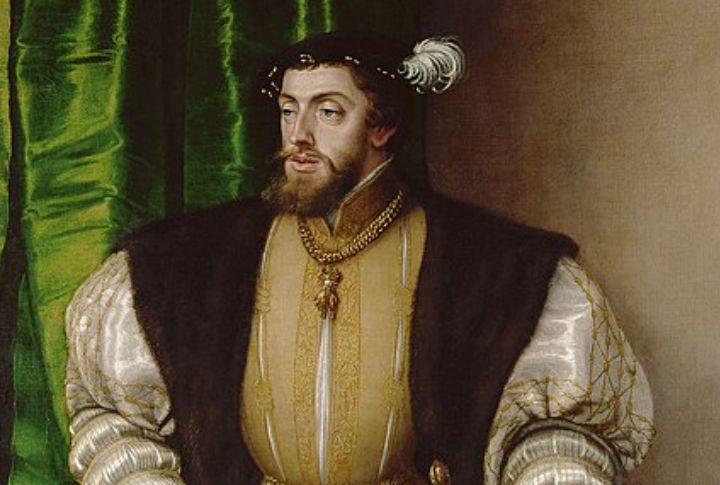
Some inherit land, but Charles V inherited continents. Thanks to a fortunate family tree, he ruled Spain, the Low Countries, and the Holy Roman Empire, all without firing a shot. But holding it together? That took couriers galloping across Europe like their lives depended on it. Sometimes, they actually did.
Charles V’s Strategic Inheritance Strategy

In 1556, Charles V divided his vast empire instead of risking a civil war. Spain and its global colonies went to his son, Philip II. Austria and the imperial crown passed to his brother, Ferdinand I. With this peaceful split, the Habsburg dynasty became two branches—Spanish and Austrian—of the same family.
Dynastic Branch Cooperation After The Split
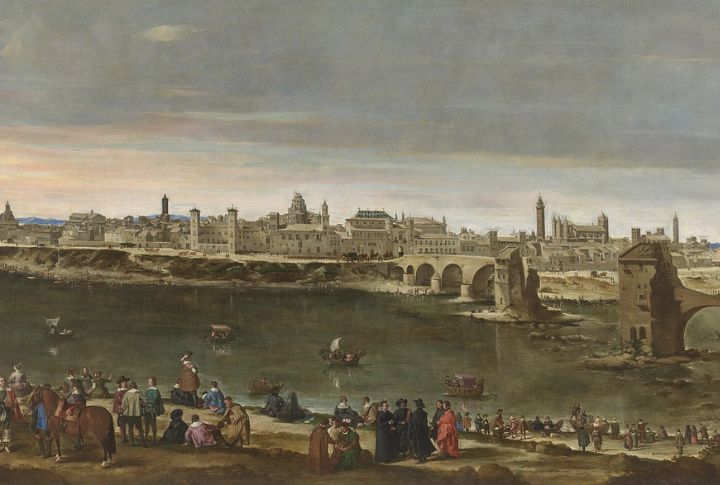
Even after Spain and Austria took separate paths, they never truly drifted apart. They strategized together. The branches kept marrying cousins and backing each other’s claims across Europe. This coordination helped them present a united front in diplomacy, even while flying different banners.
The 1660 Franco-Spanish Marriage Pact (Maria Theresa Of Spain)
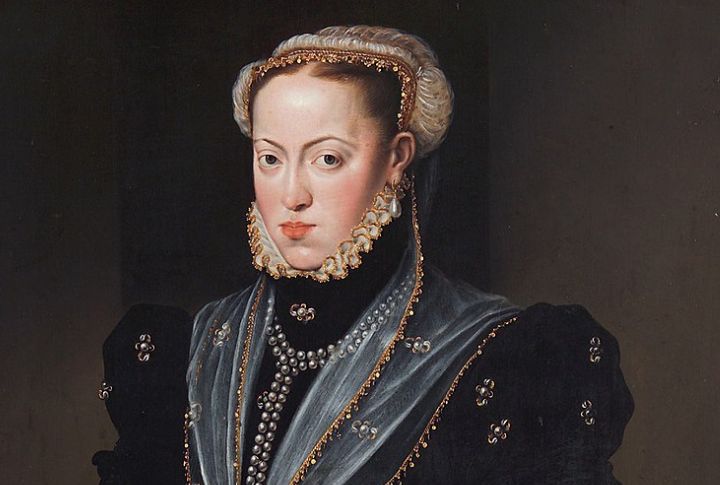
Princess Maria Theresa of Spain, daughter of Philip IV, was offered in marriage to Louis XIV of France. It was part of the Treaty of the Pyrenees. Spain also promised a hefty dowry, but it was never paid—something France later exploited to justify territorial claims. Still, the union temporarily ended decades of warfare and cooled Europe’s most intense Catholic rivalry.
Treaty Of Utrecht
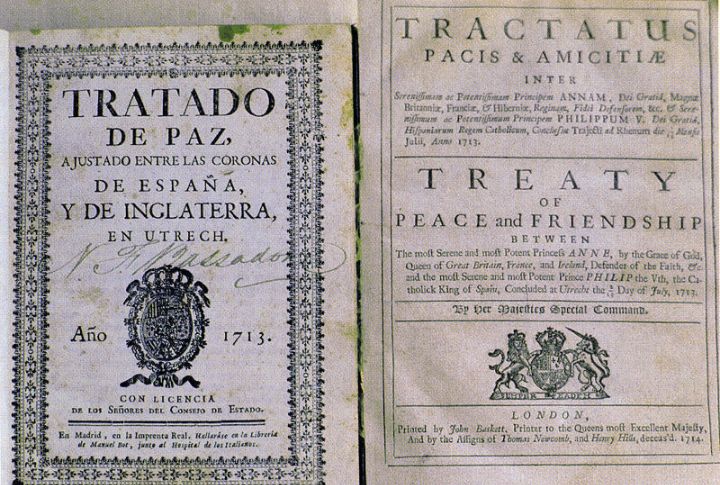
The War of the Spanish Succession (1701–1714) ended not in conquest, but in compromise. Austria ceded its claim to the Spanish throne, but gained Naples, Milan, and the Southern Netherlands. The Treaty of Utrecht didn’t just reshape Europe’s borders—it cemented Austria’s role as a diplomatic heavyweight in the balance of power.
Titles Through Female Lines (Maria Theresa Of Austria)
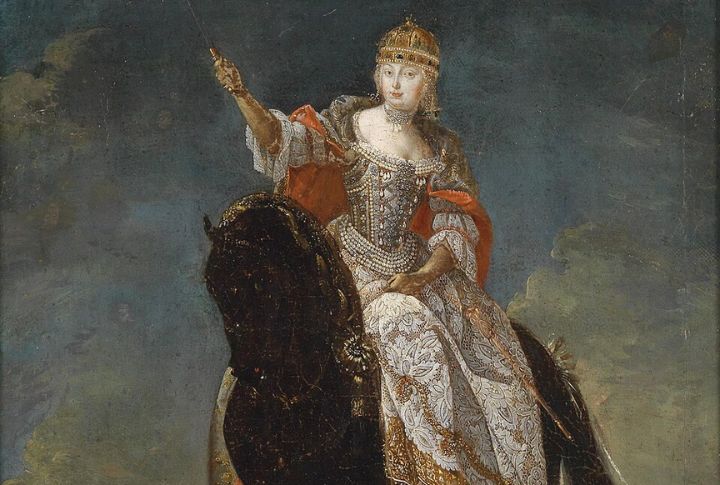
In 1740, Emperor Charles VI died without a son. So, his daughter, Maria Theresa of Austria, became ruler of the Habsburg lands. To strengthen her position, she married Francis Stephen of Lorraine, who gave up his duchy in exchange for Tuscany. Their marriage created the Habsburg-Lorraine dynasty. Sixteen children later, the throne wasn’t just secure—it was surrounded by backup.
Austrian‑Portuguese Ties Via Brazil
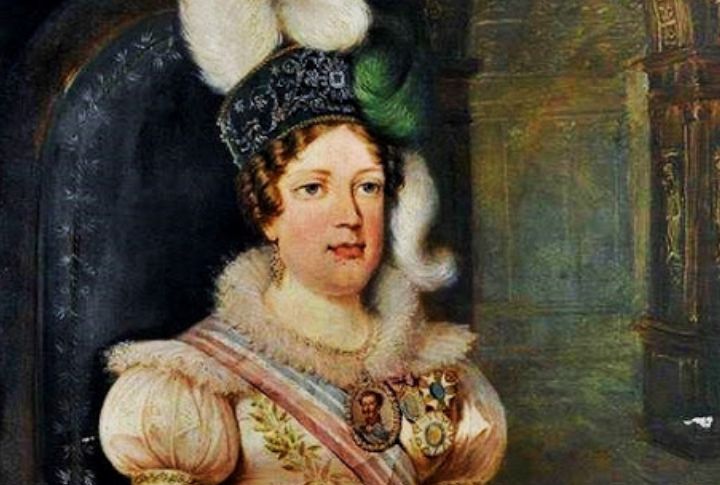
As Portugal’s royal court relocated to Brazil during the Napoleonic wars, Austria saw a chance to extend its influence overseas. In 1817, Archduchess Maria Leopoldina—daughter of Emperor Francis II—married Dom Pedro, heir to the Portuguese throne. She studied Brazil’s language and politics in advance, arriving with scientists and diplomats to position Austria inside a rising transatlantic empire.
Ecclesiastical Careers As Influence Tools
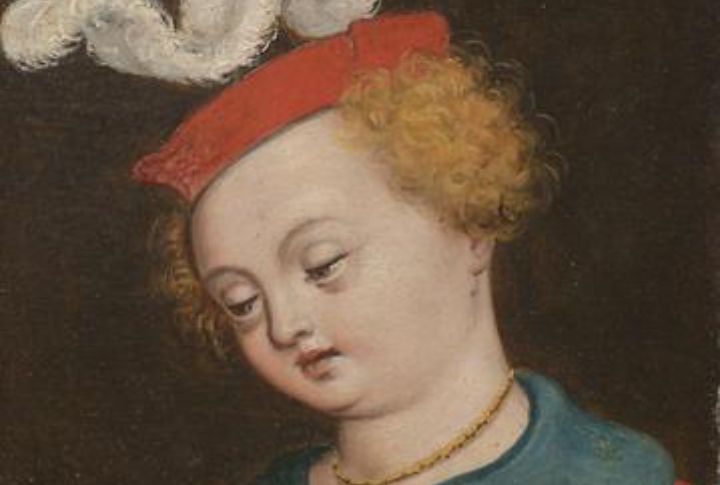
Not all Habsburg sons wore crowns—some wore robes. Younger sons were steered into the Church, not for faith alone but for strategy. Bishoprics like Salzburg or Olomouc offered land, political sway, and voting rights in imperial elections. These church careers quietly extended dynastic control from altars to assemblies.

